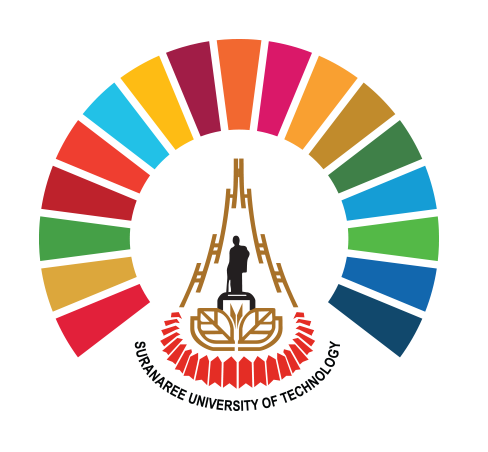Toxic Waste Treatment
/3_11/001.jpg)
Description:
1. Hazardous Waste Management
The university collects hazardous waste such as sky lamps and batteries. 526 kg/year is sent for disposal to agencies licensed by the Department of Industrial Works. Once a year, hazardous waste bins are organized. Classify buildings appropriately.
/3_11/002.jpg)
/3_11/003.jpg)
2. E-Waste Separation Campaign
The university and AIS joined forces setting up e-waste collection points to enter the Zero Landfill recycling process for a better environment and reduce the amount of e-waste left behind in Thailand. Through the E-Waste+ application, people can search for disposal points and track e-waste trails. This tracks the waste from the source at the factory to its final destination according to international standards by displaying real-time results such as the number of pieces, carbon scores received, etc. Different types of E-waste are accepted including mobile phones/tablets, mobile batteries, charging cables, earphones, etc.
/3_11/004.jpg)
/3_11/005.jpg)
3. Laboratory Chemical Management
The university considers the management of laboratory waste arising from its mission, teaching, and research. Guidelines on Laboratory Waste Management are used for proper and safe waste management in the laboratory. The waste is classified into 14 types of waste. The containers are collected before disposal to agencies licensed by the Department of Industrial Works. The disposal company will recycle the chemicals further.
/3_11/006.jpg)
/3_11/007.jpg)
/3_11/008.jpg)
